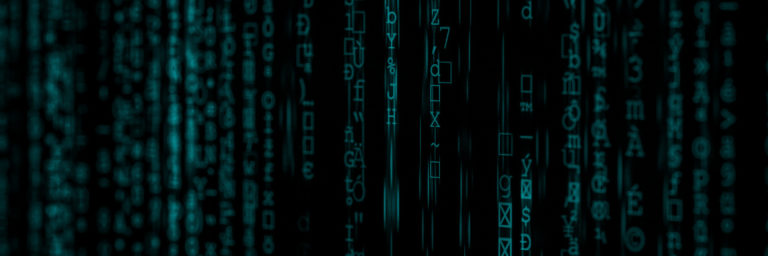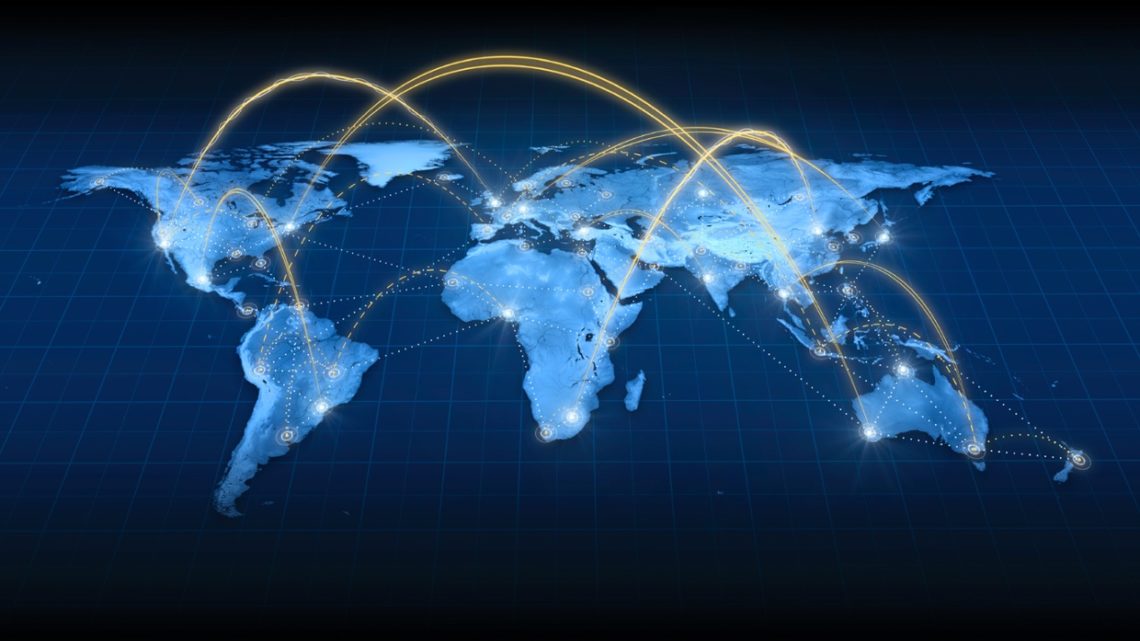Information warfare in the social media age
Today, social media are increasingly relevant in shaping public opinion, and we don’t yet know the limits of this process. Still, it’s a common opinion that they are just “echo chambers”. Foreign actors with malicious intent can exploit this inherent feature of social media, manipulate online information to influence the public opinion. Moreover, cyberspace allows a large degree of anonymity, behind which it is easy to automate propaganda, and cyberattacks are leveraged to exfiltrate and expose sensitive content or to gain information dominance during military operations, increasing the strategic relevance of the “information space”.
The almost immeasurable amount of information on the mainstream social networks, such as Facebook, Twitter, YouTube, Instagram, or Linkedin, along with the Chinese counterparts like Weibo or WeChat, force us to dive into this domain. Data and information contained in social media flow and stock gain value and give power to whom own them, depending precisely on their scale.
In July 2009, the capital city of the Autonomous Chinese region of Xinjiang, Ürümqi, experienced massive demonstrations and unrest in the streets and on Twitter. The Chinese censorship of the Internet enabled the authorities to shut down mobile and social media services, preventing their use and further repressing the protests in a short time, clearly showing that hard power in the last decade could firmly control social media activities. In just a few years, things had already escalated. The social media-driven demonstrations occurred in early 2011 in what became known as the Arab Spring. Massive protests in Tunisia and Egypt resulted in regime changes. In Syria and Libya, the unrests soon transformed in civil wars that are widely considered within our times’ most severe crisis.
If in 2009 in Xinjiang, the intervention of the government succeeded in stopping – or, at least, hiding and undermining – the protests. In contrast, the outcome of the Arab Spring was utterly different. Tunisian authorities attempted to hack and delete the Facebook accounts of the suspected promoters of the unrests. The Egyptian authorities instituted a full-scale blackout of the Internet and mobile services. However, these countermeasures were not sufficient to end the protests in either country. When the first wave of the Arab Spring broke, many African countries changed their strategy. Subsequently, when these countries started to experience, or expect, political unrest, they decided to proactively block access to social media. After this phase, new calls for protests via social media in North Africa were unsuccessful, but this doesn’t mean that their political value was over. On the contrary, we entered a new era.
The Arab Spring depicted that social media could gain intelligence, propagate malicious code, and sway perceptions. Social media has been employed in perception management, orchestrate large-scale demonstrations, establishing its relevance to psychological operations and a clear military application.





